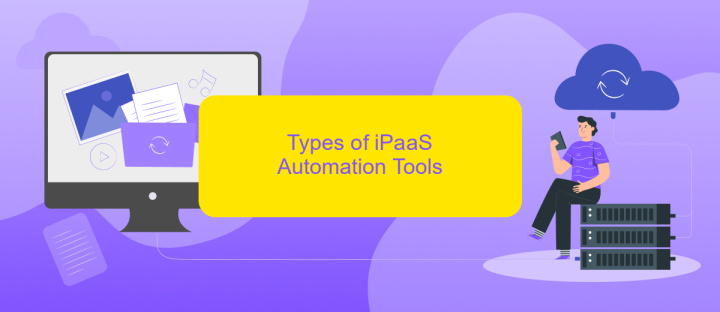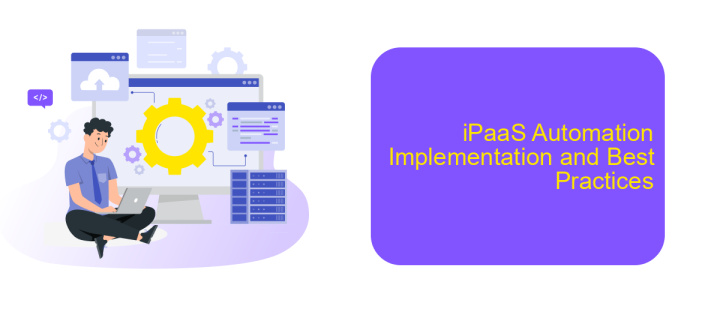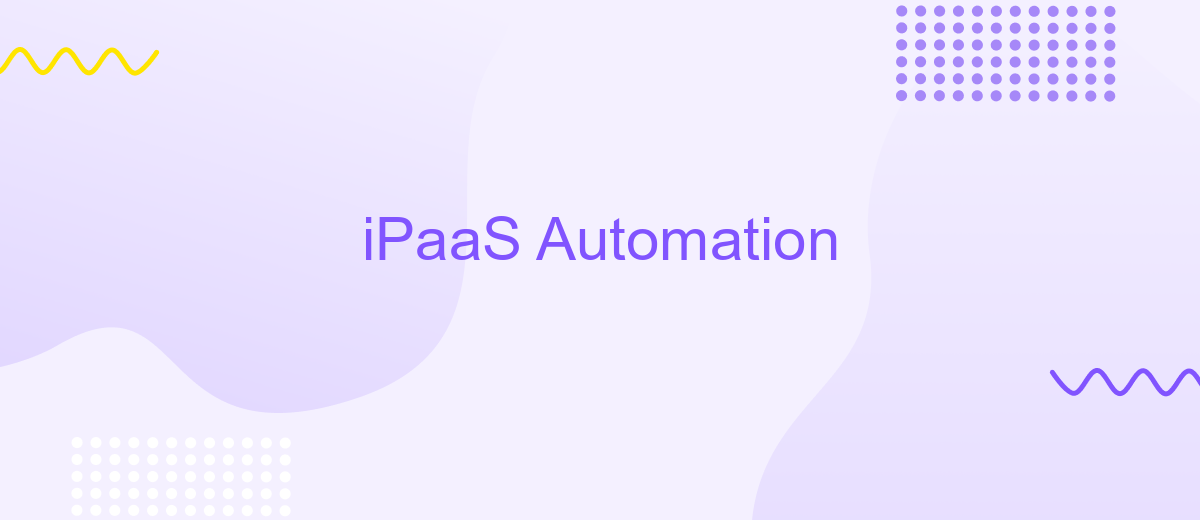iPaaS Automation
In today's rapidly evolving digital landscape, businesses are increasingly turning to Integration Platform as a Service (iPaaS) to streamline and automate their workflows. iPaaS automation offers a seamless way to connect disparate systems, enhance operational efficiency, and reduce manual errors. This article explores the transformative potential of iPaaS automation, highlighting its benefits and practical applications for modern enterprises.
Introduction to iPaaS Automation
Integration Platform as a Service (iPaaS) automation is revolutionizing the way businesses manage their data and workflows. By providing a centralized platform for integrating various applications and services, iPaaS enables organizations to streamline operations and enhance productivity. Automation within iPaaS takes this a step further by reducing manual intervention, thereby minimizing errors and saving time.
- Eliminates manual data entry
- Reduces operational costs
- Ensures real-time data synchronization
- Enhances scalability and flexibility
- Improves overall efficiency
One of the leading tools in this domain is ApiX-Drive, which simplifies the process of setting up integrations. With ApiX-Drive, businesses can effortlessly connect various applications and automate data flows without requiring extensive technical expertise. This not only accelerates deployment but also ensures that integrations are robust and reliable. By leveraging iPaaS automation, companies can focus more on strategic initiatives rather than getting bogged down by routine tasks.
Benefits of iPaaS Automation

iPaaS automation offers numerous benefits, primarily by streamlining the integration of various applications and services. This not only reduces the time and effort required for manual integration but also minimizes the risk of human error. With tools like ApiX-Drive, businesses can easily connect different software systems, ensuring seamless data flow and improved operational efficiency. This results in faster project completion times and allows IT teams to focus on more strategic tasks rather than routine data management.
Another significant advantage of iPaaS automation is its scalability. As businesses grow, the number of applications and services they use typically increases. iPaaS platforms can handle this growth effortlessly, providing a robust and flexible solution that adapts to changing business needs. Additionally, iPaaS solutions often come with built-in security features, ensuring that data transfers between applications remain secure and compliant with industry standards. This combination of efficiency, scalability, and security makes iPaaS automation an invaluable asset for modern enterprises.
Types of iPaaS Automation Tools

iPaaS automation tools are essential for streamlining business processes and integrating various applications seamlessly. These tools can be categorized based on their functionalities and target users, providing a range of solutions for different integration needs.
- Cloud-based iPaaS: These tools offer integration solutions hosted on the cloud, enabling businesses to connect various cloud applications without the need for on-premise infrastructure. Examples include ApiX-Drive, which facilitates easy integration of numerous applications through a user-friendly interface.
- On-premise iPaaS: Designed for organizations that require integrations within their local network, these tools provide robust security and control over data. They are ideal for businesses with strict compliance requirements.
- Hybrid iPaaS: Combining the benefits of both cloud and on-premise solutions, hybrid iPaaS tools offer flexibility and scalability, catering to businesses with diverse integration needs and data residency requirements.
Choosing the right type of iPaaS automation tool depends on your organization's specific requirements, such as data security, compliance, and the complexity of the integrations needed. Tools like ApiX-Drive can simplify the integration process, making it accessible even for users without extensive technical expertise.
iPaaS Automation Implementation and Best Practices

Implementing iPaaS automation requires a strategic approach to ensure seamless integration and optimal performance. Begin by identifying the key business processes and applications that need to be integrated. This helps in understanding the data flow and the specific requirements for your automation project.
Once the requirements are clear, select an iPaaS platform that aligns with your needs. For instance, ApiX-Drive offers a user-friendly interface and a variety of pre-built connectors, making it easier to integrate different applications without extensive coding knowledge. Ensure that the platform supports the scalability and flexibility your business demands.
- Define clear objectives and KPIs for the automation project.
- Map out the data flow between systems to avoid bottlenecks.
- Utilize pre-built connectors to reduce development time.
- Continuously monitor and optimize the integrations for performance.
- Ensure robust security measures to protect sensitive data.
Regularly review and update your integrations to adapt to changing business needs. Leveraging platforms like ApiX-Drive can significantly streamline the implementation process, allowing your team to focus on strategic initiatives rather than manual data handling. This ensures a more efficient and agile business operation.
Future of iPaaS Automation
The future of iPaaS automation is poised to revolutionize how businesses integrate and manage their various software applications. As companies increasingly adopt cloud-based solutions, the demand for seamless, automated integration platforms will continue to grow. Advanced features such as AI-driven automation, real-time data synchronization, and enhanced security protocols will become standard, making it easier for businesses to streamline their operations and improve overall efficiency.
One notable example is ApiX-Drive, a service that simplifies the process of setting up integrations between different applications. By leveraging such tools, businesses can automate routine tasks, reduce manual errors, and free up valuable resources for more strategic initiatives. As iPaaS solutions evolve, we can expect even more sophisticated capabilities, including predictive analytics and machine learning, to further enhance automation and integration processes. This will enable organizations to stay agile and competitive in an ever-changing digital landscape.
FAQ
What is iPaaS Automation?
How does iPaaS Automation benefit businesses?
What types of integrations can be automated with iPaaS?
Is it necessary to have technical expertise to use iPaaS Automation?
What should I consider when choosing an iPaaS solution?
Apix-Drive is a universal tool that will quickly streamline any workflow, freeing you from routine and possible financial losses. Try ApiX-Drive in action and see how useful it is for you personally. In the meantime, when you are setting up connections between systems, think about where you are investing your free time, because now you will have much more of it.

